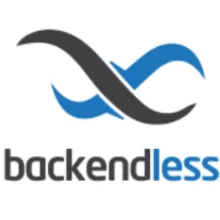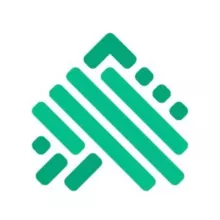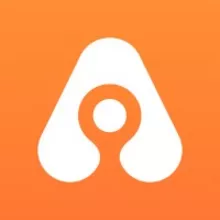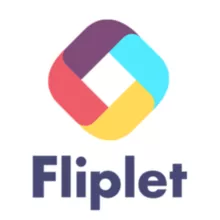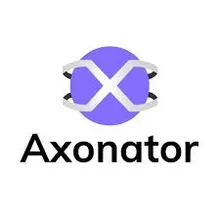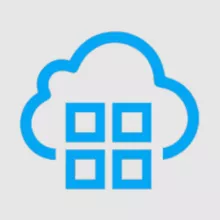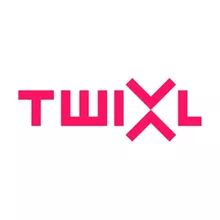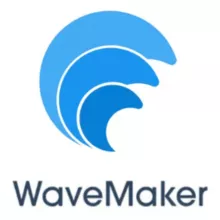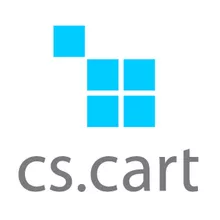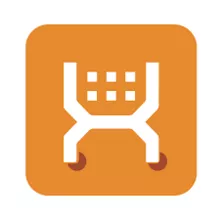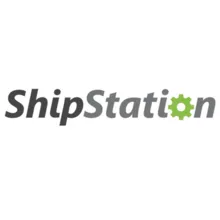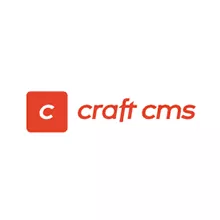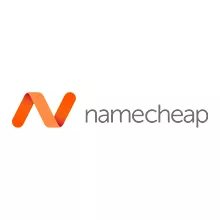Internal app builder with low code
Feature management is a new family of software development tools and methods based on feature flags. Feature flags are explained in the next section. Feature management offers a comprehensive framework for feature flag-driven development, A/B testing, and experimentation, allowing teams to apply flags widely across many use cases. Modern development methodologies like DevOps , CI/CD, and Progressive Delivery heavily rely on feature management, also known as feature flag management. Feature management techniques help teams maintain high system performance, boost developer productivity, and enhance the quality of their programme over time.
Some of the problems that feature management tackles are -
- Code-branch management
- Test in production
- Instant kill switch
- Selective activation
- Flighting
What are feature flags?
You can manage which features end-users see by using feature flags , which are if-else statements that separate code deployments from feature releases. For many years, developers have employed feature toggles. However, historically they have only been used for straightforward Boolean flags inside a single developer team, platform, and application.
Although simple to handle, this method restricts the usefulness of feature flagging. On the other hand, using multivariate flags across numerous teams, platforms, and applications is far more challenging but produces the best results. This high-yield strategy is made possible through feature management.
Benefits of using a feature management software
Now that you have gained a basic understanding of feature management let's look at the benefits of using feature management software.
- Percentage deployments
Small groups of users are chosen to test the new functionality in a percentage-based deployment. Then, over time, you can progressively raise or lower that proportion. With this approach, it's possible to watch how the system responds to new modifications. Only when the changes are secure, and the user response is favorable can you push them out to your user base.
- Less risk, more shipment
Thanks to feature flags, engineering teams can provide more features with less risk. For example, different versions of code can be wrapped by development teams in turn-on/turn-off conditional expressions. This gives a developer the freedom to work more productively and stress-free, especially before any deployment.
- Better user feedback
It is significantly simpler to get user feedback when modifications can be released to a small group of people. For example, you can designate a particular beta group of users to receive feature flags. In addition, before the significant release, developers can detect and fix flaws by testing new features on a small group of people.
- Ship when you are ready
Development teams frequently deploy new code to production thanks to the growth of Continuous Delivery/Continuous Deployment. Developers have the power to decide when to release features using feature flags. Using feature flags, the teams may quickly remove new code from users.
There are more benefits to using feature management software than this. You can read all about them.






